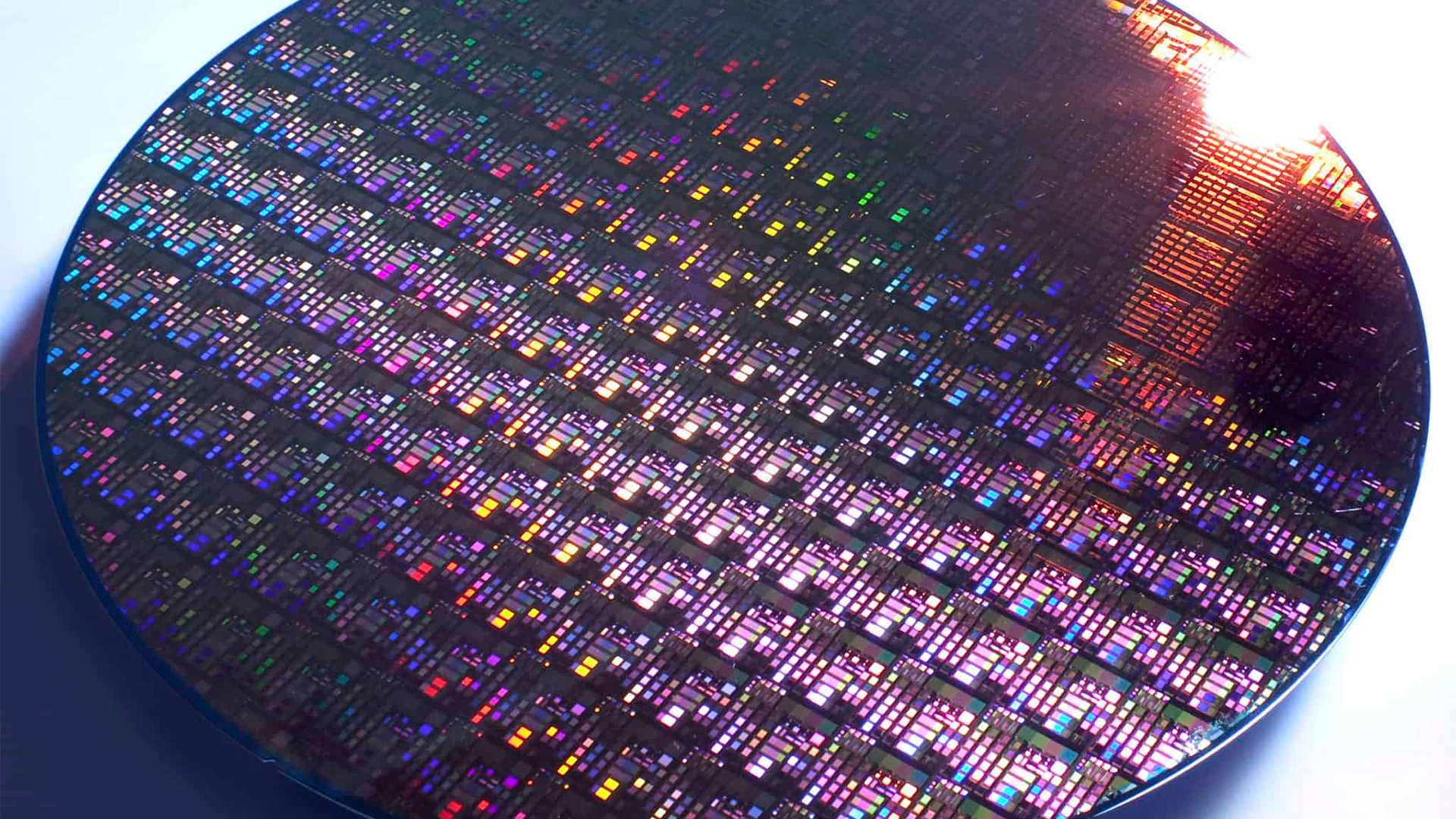India set to launch its first semiconductor chip based on 28nm this year
India's semiconductor market is poised for rapid growth, with projections estimating its value to reach $63 billion by 2026

India is gearing up to make a dramatic leap in the global tech arena, as the country’s first domestically manufactured semiconductor chips are slated to debut in 2025. Ashwini Vaishnaw, the Minister for Railways, Communications, Electronics, and Information Technology, made the announcement during the World Economic Forum in Davos.
“Our first ‘Made in India’ chip will be rolled out this year and now we are looking at the next phase, where we can get equipment manufacturers, material manufacturers and designers in India. For materials, from parts per million purity, we need to go to parts per billion purity levels. This requires huge transformative changes in the process and the industry is working to achieve this,” Vaishnaw stated to the media.
The first chip was originally scheduled to launch in December 2024, however it is now expected to arrive somewhere around August or September of 2025. A semiconductor fabrication plant is also expected to become operational in 2026 which is most likely backed by Taiwan's Powerchip and India's Tata.
It has been reported that the first set of 'Made-in-India' chips will utilize the 28nm process. While this is a significant step forward, it is a long way from the cutting-edge 2nm processes being developed by some of the world’s most advanced chipmakers. That said, these 28nm chips are already widely used across various industries, including automotive, consumer electronics, and the Internet of Things (IoT). They also find applications in 4G transceivers, mobile phone upgrades, entertainment devices, and more.
India is actively working to expand its semiconductor industry, driven by the surging global demand for chips and the government’s vision to position the country as a reliable alternative to Chinese and Taiwanese suppliers. Notably, the government has established the India Semiconductor Mission (ISM) as an independent business division under Digital India Corporation. With administrative and financial autonomy, ISM is tasked with shaping and implementing long-term strategies to develop semiconductor and display manufacturing facilities, as well as fostering a robust semiconductor design ecosystem.
There are also plans to attract substantial foreign investments to strengthen the country’s semiconductor sector. NXP Semiconductors plans to invest over $1 billion to expand its R&D operations in the country, while Analog Devices is partnering with the Tata Group to explore domestic semiconductor manufacturing opportunities. Additionally, Micron Technology is building a $2.75 billion assembly and testing plant in the state of Gujarat, which is projected to generate 5,000 direct jobs and 15,000 community jobs.
Get Tom's Hardware's best news and in-depth reviews, straight to your inbox.

Kunal Khullar is a contributing writer at Tom’s Hardware. He is a long time technology journalist and reviewer specializing in PC components and peripherals, and welcomes any and every question around building a PC.
-
Geef Its a win when any country in the world starts making chips. Most of the chip making factories on the planet are going at max capacity each year aren't they?Reply